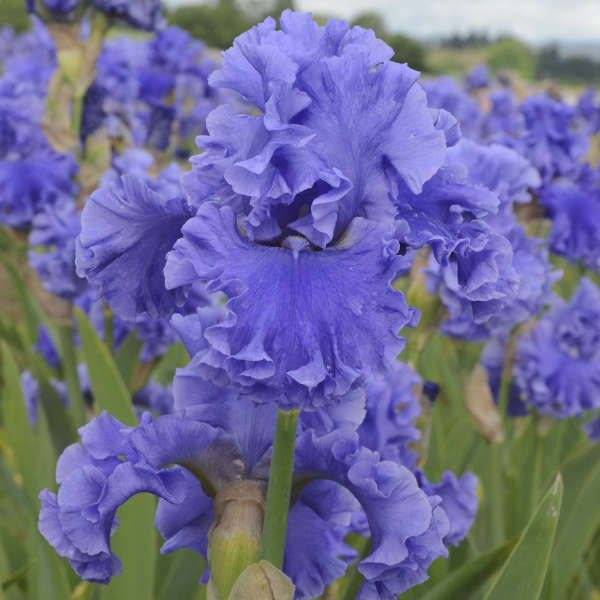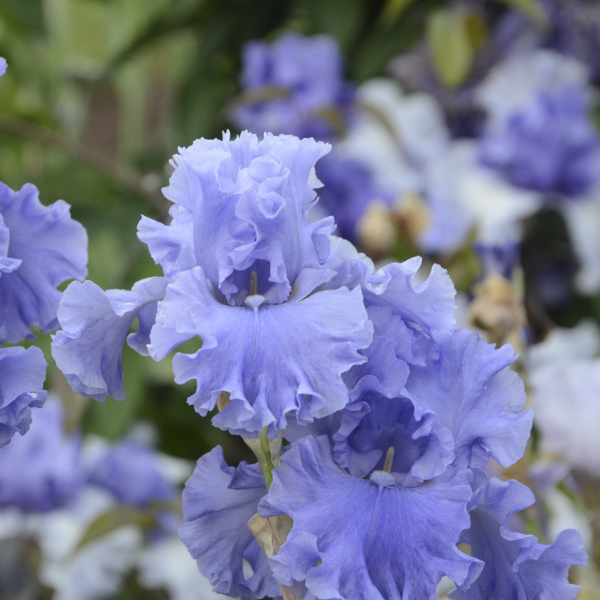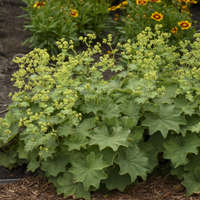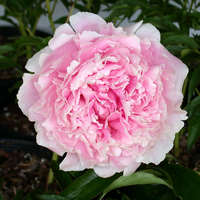Iris 'Sea Power'
Common Name: Tall Bearded Iris
If you’re going to choose one blue iris, make it ‘Sea Power’.
This top award winning selection produces very large, extremely ruffled, purplish blue blossoms—the most extravagantly ruffled form of any blue iris. It’s prettier in person than any photo could ever express and when you see it for yourself you’ll also notice its pronounced, sweet fragrance. When the sun catches it just right in the evening, the watery blue petals appear almost translucent like the bubbly ocean.
This iris takes a little time to get established in the garden, but it is well worth the wait.
No garden would be complete without Tall Bearded Irises. Though they have been grown for decades, new and improved hybrids continue to be developed every year and fabulous color combinations have been achieved. The Tall Beardeds bloom after the Dwarf Irises but before the Japanese and Siberian Irises. They are wonderful accent plants for late spring gardens.



